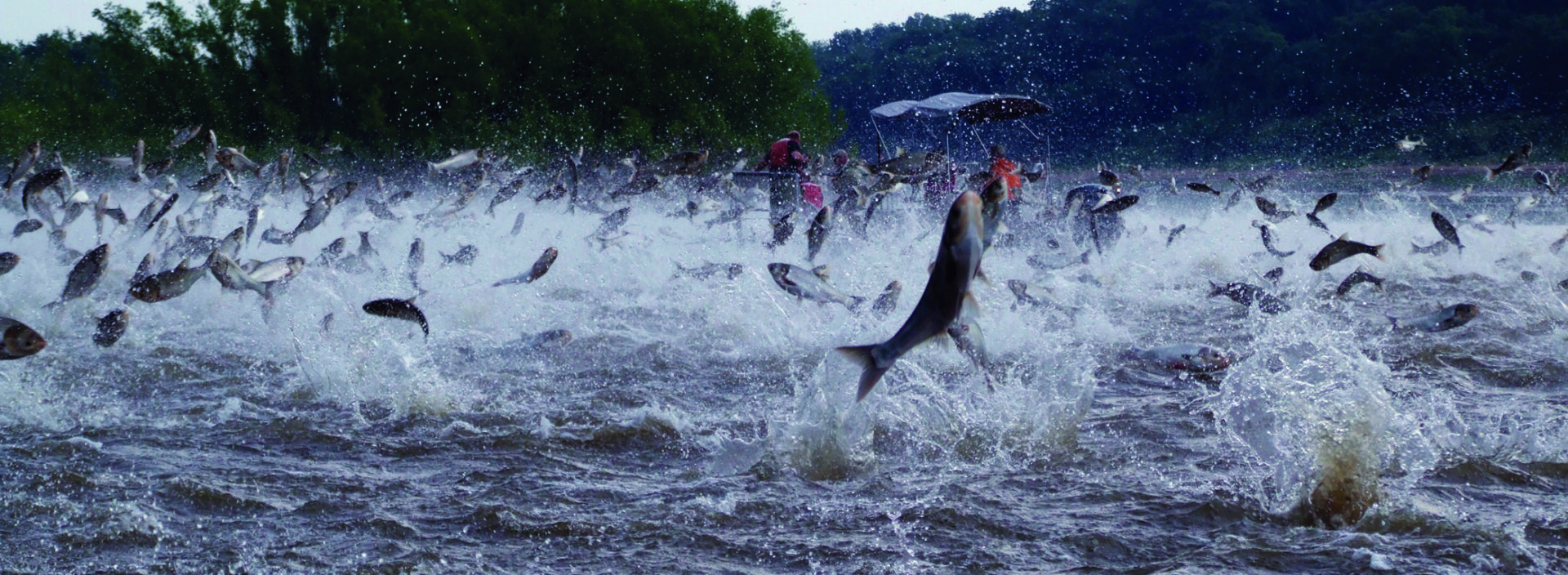- If your watercraft will be out of water for six or more days, the watercraft is considered decontaminated.
- If you always boat on the same body of water, extra decontamination steps are not essential.
- Watercraft that are used on different water bodies without six days in between should consider decontamination.
- Altering boating behavior by only using one water body can reduce the risk of transferring AIS.
- If visiting multiple water bodies in a day, visit the uninvaded sites followed by the invaded sites.
Further details are:
The different methods for watercraft decontamination all have their advantages and disadvantages. Drying watercraft is easy and requires little effort, but it does take six or more days to achieve decontamination. Conversely, a boat decontamination unit can decontaminate a watercraft in as little as twenty minutes, but the wait to use that decontamination unit could be much longer than the process itself. Using a pressure washer or a bleach solution fall in the middle of these two options. While it would be great if every boater decontaminated between every launch, there are times where it is more beneficial to take this steps.
Boaters that launch six or more days apart are at a low risk for moving AIS, and the extra decontamination efforts are not necessary. The same goes for boaters that always use the same body of water; if they aren’t changing water bodies, they will not be moving AIS. However, boaters utilize multiple bodies of water and launch within six days of their last launch are at higher risk of transporting AIS, thus extra decontamination efforts would greatly reduce their probability of introducing new AIS to a water body.
In addition to extra decontamination steps, boaters can alter their boating behavior in order to reduce their risk of moving AIS. Boating on a single body of water is one the probability of moving organisms. If a boater needs to visit multiple water bodies in a single day, if possible the trip should visit uninvaded water bodies first. This also reduces the risk of moving AIS as the boat will be launched in few water bodies after potentially being contaminated with AIS. Of course, boaters will always need to clean and drain – remove any aquatic vegetation from their watercraft and trailers, and drain any water from their livewell and bilge – in order to be in compliance with Wisconsin Department of Natural Resources boating regulations.
In an ideal world, all boaters would take extra decontamination efforts when drying their watercraft for six or more days is not possible. This Clean Boat Guide Decontamination Flow Chart will help boaters understand when that extra effort will better help protect Wisconsin’s waters from further invasions.



